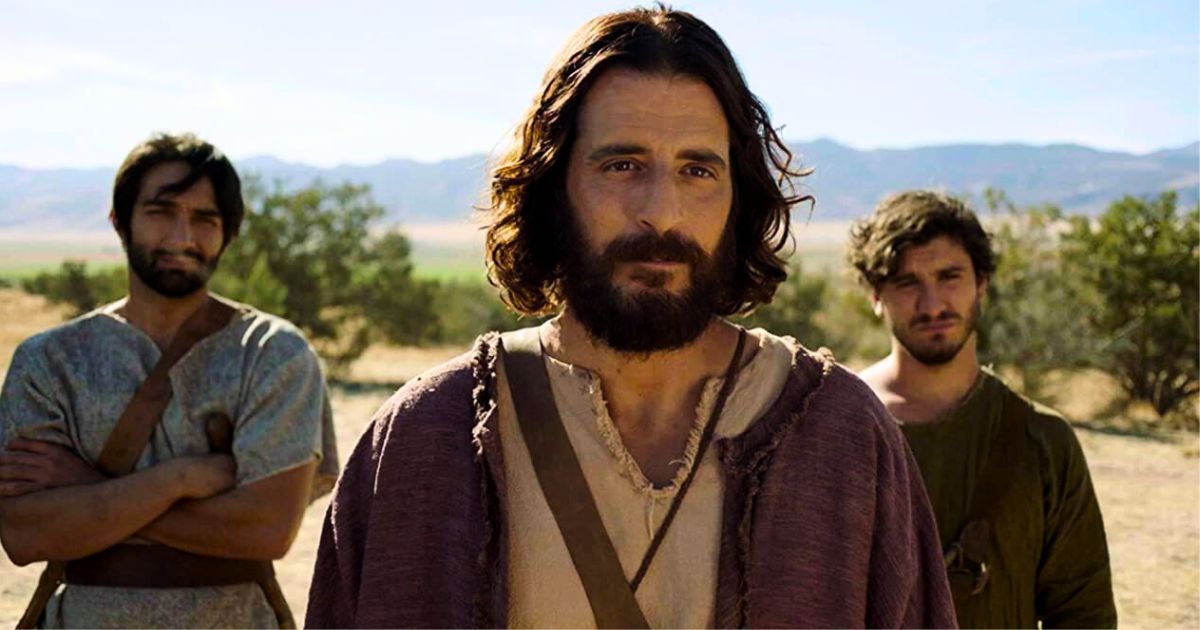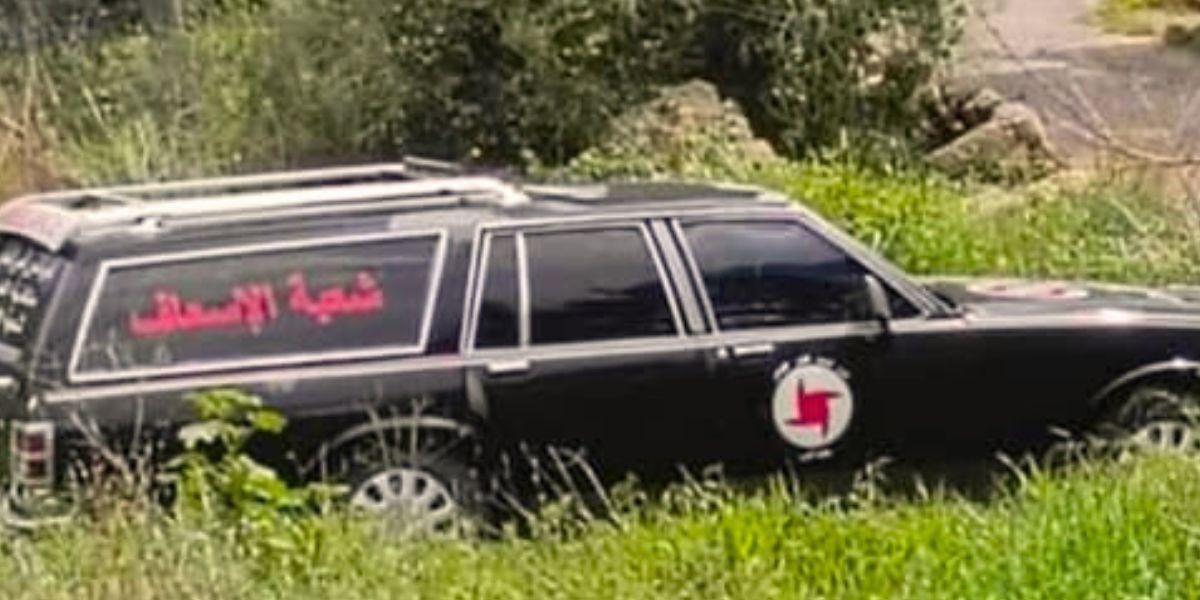Lebanon’s heritage and history are heavily illustrated in monuments such as citadels, castles, temples, and fortresses that reflect the old civilizations that had once lived in the country.
These historical sites are public points that are protected and visited by locals and tourists and are dispersed all over Lebanon.
Here is a list of 12 different citadels and castles that you should plan to visit this summer with your friends.
Byblos Citadel – Byblos/Jbeil
Also called The Castle of Gibelet, Byblos citadel is home to the ruins of the temple of Baalat Gebal. The castle was built by the crusaders and is said to have belonged to the Genoese Embriaco family, who were lords of the city during that past era.
Plan to spend the day in Byblos, a city that has been inhabited for over 7000, and has great spots to enjoy, like the old souks, the wax museum, the scenic port, and the Saint John-Marc Cathedral built by the crusaders in 1115 AD.
Beaufort Citadel (Shaqif Arnun) – Nabatieh
One kilometer to the southeast of the village of Arnoun in Nabatieh stands the Crusader fortification known as Beaufort or Belfort Castle, also known locally as Qalaat al-Shaqif (Castle of the High Rock).
French for “beautiful fortress,” Beaufort Castle is a great fortress that Crusaders built in 1137 A.D as a military fortress, and that went from the Crusaders to the Mamelouks and then to the Ottomans.
It is situated on a rocky crest 700 meters above sea level, amidst lovely surroundings.
Mseilha Fort – Hamat
The Mseilha Fort is a fortification situated north of the village of Hamat in Lebanon. Emir Fakhreddine II constructed the existing fort in the 17th century to protect the passage from Tripoli to Beirut. The Nahr el-Jawz River is nearby, and the fort is situated on a lengthy, slender limestone rock.
There is a long hiking walkway that you can also visit called “Mseilha walkway” or “Mseilha Trailway” that overlooks this fort.
Sidon Sea Castle – Sidon
One of Lebanon’s landmarks, this castle was built as a fortress of the holy land. It is also considered a very important site in the city of Sidon.
The Crusader Sea Castle is situated in an old Phoenician city right next to the beach. It is believed that the location was once a king’s palace and a haven during innumerable conflicts, the remains of which may have been destroyed by earthquakes.
The actual fortress was constructed in the 13th century by Crusaders before being destroyed and occupied by the Mamluks. Later, it was rebuilt, and at the same time, a long corridor was added. After a while, the fortress was abandoned and not repaired until Emir Fakherdine II.
Only renderings of the castle can truly capture the splendor of the location. Visit the sea castle of Sidon for a great trip interlaced with history and heritage.
Smar Jbeil Citadel – Batroun
This citadel is also known as “Asmar Jbeil” or “Samar Jbeil”. It is located in the Batroun District in the north of Lebanon.
The majority of historians agree that the Phoenicians constructed the citadel, which was governed by the Persian Empire around 555 B.C. In 331 B.C., Alexander of Macedon (the Great) gained ownership of it.
The castle served later as the First Maronite Catholic Patriarch Saint John Maron’s See until he went to Kfarhay during the Middle Ages when the Maronites and their army, the Maradaites, sought safety there.
Moussa Castle – Beit Ed-Dine
This castle stands tall between Deir El Qamar and Beit El-Dine. The Moussa Castle is a representation of how far individuals will go to recreate Lebanese history, even though it isn’t as old as it appears to be.
You don’t hear the history of this site, which Moussa Al-Maamari built, very often. The castle was built by Moussa himself, with no help.
He began in 1951 and finished it 60 years later. The interior is filled to the brim with sculptures he also created himself to depict various facets of rural Lebanese life. According to legend, Moussa dreamed of building the castle after learning that his crush desired to wed a guy who possessed a palace.
Visiting Deir El Qamar and Beit Ed-Dine as you arrive at the Moussa castle will give you great insights into the history of Chouf through its many old and historical buildings.
Hasbaya Citadel – Hasbaya
The three-floor citadel is located in Hasbaya at the foot of Mount Hermon. Hasbaya Palace is owned by the Chehab emirs. The citadel forms the major part of a Chehabi compound – (these Emirs were the rulers of the Lebanese mountains before current Lebanon existed).
It is believed that it has been built around the 11th century and its origin dates back to the Romans or Arabs.
Hasbaya is rich in other historical sites like the Souk El Khan and the Roman temple of Habbarieh, two other important destinations that will make your visit to Hasbaya worthwhile.
Deir Kifa Citadel – Tyre
Deir Kifa Castle is located in Tyre, South of Lebanon.
Aram ibn Yaqoub built Deir Kifa Castle on a rugged hillside close to the plains of agriculture. Twenty thousand square meters of Deir Kifa Castle are spread across three floors.
It features 4 springs and 12 towers, some of which are square-cruciform and others are round, Aramaic-Canaanite. There are gyms and other gathering spaces within.
In addition to the square-shaped vaults and the king’s palace to the west, it also served as Christ’s home.
Tyre, therefore, holds an important value in the history of Lebanon, making it a great destination and a must-visit.
Citadel of Raymond de Saint-Gilles – Tripoli
Tripoli’s central historical site, Saint Gilles is also called by the locals Qala’at San Jil and Qala’at Tarablus and is considered one of the top-visited sites in Tripoli.
The castle, like its home Tripoli, was founded in 636 CE and is one of the earliest buildings in Lebanese history.
Due to the location’s strategic importance, it was captured and retaken by the Crusaders, Mamluks, and Ottomans. Everything about the fortress indicates that its occupants were ready for battle.
The castle has the ideal defensive fortifications, complete with balconies above the metal doors and arrow slits in the walls. The castle’s underwater corridors acted as commanders’ escape routes and one of which is said to extend all the way to El-Mina, Tripoli’s port.
Doubiye Citadel – Bint Jbeil
Doubiye Castle, also called Qalaat Chaqra, is a castle from the Crusaders’ era that can be found near the Lebanese village of Chaqra in the Nabatieh Governorate.
The Ayyubid, Mamluk, and Ottoman dynasties later repaired it after it was originally constructed in the 12th century AD.
Scandelion Castle – Chamaa
Also known as Kherbet Iskandaroûna, this castle overlooks both Tyre and Naqoura.
While Baldwin I of Jerusalem was in power, the Crusaders constructed the Scandelion Castle in Lebanon around 1116 AD. According to some sources, they captured the city of Iskandarouna, or Scandelion, in 1124. It evolved into a tactical high ground that was utilized to protect Tyre.
As you visit Tyre, the citadels, temples, and ancient monuments will foretell the Phoenician origins of this amazing Lebanese city.
Related: Watch: The Siege Of Tyre Between Phoenicians And Alexander The Great.

















